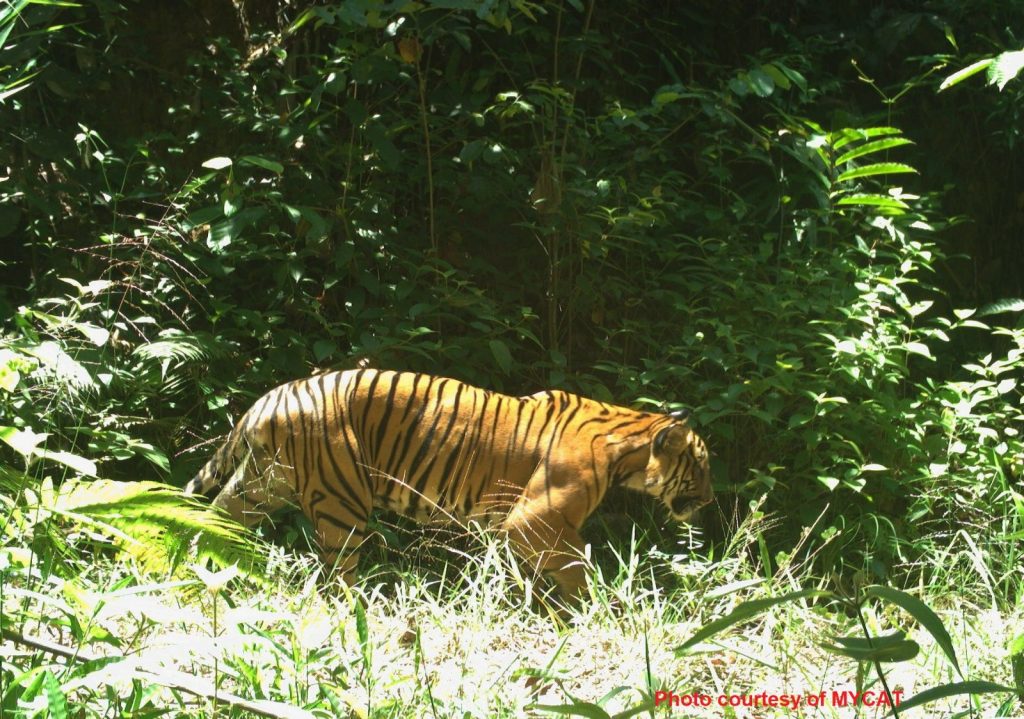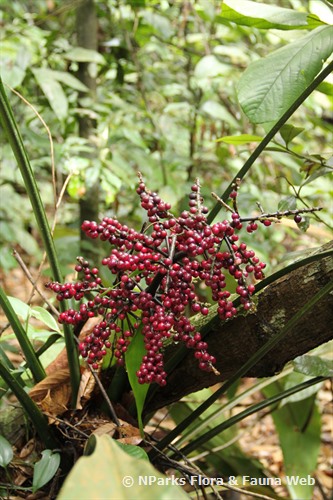
Jointly published by both societies, all book sales proceeds go towards
conservation activities.
Singapore, 3 December 2022 – Nature Society (Singapore) and Cicada Tree Eco-Place today launched Alexandra Woodland – Haven Along the Rail Corridor, an educative book detailing the flora and fauna of Alexandra Woodland, its rich heritage and history, experiences of its residents and community, along with conservation ideas to enhance the woodland’s ecology.
Launched at Hang Jebat Mosque, this is a joint effort between Nature Society (Singapore) and Cicada Tree-Eco-Place, and is their second book collaboration to date. All sales proceeds from the book will go towards conservation activities by both societies.
Alexandra Woodland spans around 15 hectares and sits on the western flank of the Rail Corridor opposite Alexandra Hospital and is bordered by Ayer Rajah Expressway and Portsdown Avenue. For decades, this area has been left untouched by development, and has become a semi-natural woodland with a variety of habitats that includes a lake and marshland.
This Woodland is an important ecological link between the central nature reserves of Bukit Timah and Central Catchment and the parks of the Southern Ridges of Kent Ridge, Mount Faber & Telok Blangah Hill Park. It is the closest stepping stone for wildlife from the Rail Corridor to the Southern Ridges.
Dr. Ho Hua Chew, Co-editor of Alexandra Woodland and Vice Chair of the Conservation Committee, said, “In view of the current degradation or imminent development of such forests and wooded areas at Toh Tuck, Clementi, Dover and Portsdown along the Green Rail Corridor, Alexandra Woodland’s conservation significance as a haven and/or stepping stone for the dispersal of forest-associated wildlife has greatly increased and should be conserved with the recommended habitat enhancement measures in place for its long-term survival.”

“The presence of many forest-associated wildlife species such as Banded Malayan Coral Snake, Malayan Box Terrapin, Thick-billed Green Pigeon, Changeable Hawk-eagle, Long-tailed Parakeet, Glossy Swiftlet, etc., as well as the critically endangered orchid, Jamba (Neuwiedia veratrifolia), indicate the ecological importance of this secondary forest as a stepping stone or home ground for forest-associated species.”
“Nature Society’s bird records at the forest patches along the Rail Corridor indicate the Rail Corridor as a probable route for the dispersal of the globally and nationally threatened Straw-headed Bulbul from the central nature reserves and Bukit Batok Nature Park via Alexandra Woodland and Gillman Barracks to the southern coast at the Labrador Nature Reserve,” Dr. Ho added.
There are calls for this wooded area to be conserved, given its heritage and natural history.
Let’s not lose yet another forest for a road or rail. Alexandra Woodland should be preserved for its heritage and ecological values, especially amid the climate and biodiversity crises we face. It has played a significant role in the story of our nation — from river to road, spirited queens to early pioneers and legendary warriors — the spirit of Alexandra lives on today in its communities. In Singapore’s perennial search for a historical anchor to bridge past and present, Alexandra is as rich and authentic as it gets.
TERESA TEO GUTTENSOHN, Book CO-EDITOR and co-founder of Cicada tree eco-place
Mr. Leong Kwok Peng, Co-author of Alexandra Woodland and Chair of the
Conservation Committee at Nature Society (Singapore), agrees that the woodlands should be kept wild. “We see the Rail Corridor as more than a strip of recreational green space. The essence of the space lies in the woodlands alongside it, without which the corridor will lose its magic and Alexandra Woodland is one such important space,” he said.
Alexandra Woodland – Haven Along the Rail Corridor was put together by a team comprising 12 people, including two editors, nine authors and a book art director. It contains 156 pages, comes in soft cover format and is printed on eco-friendly paper.
The book is available from Nature Society (Singapore) and Books Kinokuniya.





